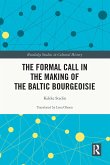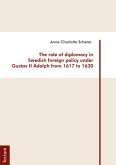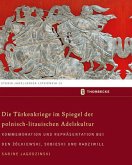During the general European crisis of the 17th century, thePolish-Lithuanian Commonwealth broke down into a civil war fired byregional, social, political, linguistic and religious differences.Reacting to the rising dominance of Catholic Poland, thearistocratic faction of the Lithuanian secessionists, many of whowere firm Protestants, revolted and sought an ally in Sweden, whichwas the strongest power in the Baltic Sea area. The Swedes fortheir part were eager to find allies in their effort to control theEastern Baltic, but misjudged the sensitive situation. Thisalliance was formalized in the Union of Kedainiai 1655 and thecrown of the Grand Duchy of Lithuania was offered to the Swedishking. Swedish chances of incorporating Lithuania and Belarus intoits realm floundered through military intervention, heavy-handedoccupation, and disrespect for the local political traditions. Thisbook is the first major study of the Swedish-Lithuanian allianceand combines Swedish, Polish, Belarusian, Lithuanian, Russian andUkrainian sources to give an all-round view of this complicatedhistory. David Gaunt, Professor of history at the Södertörnshögskola, Sweden







